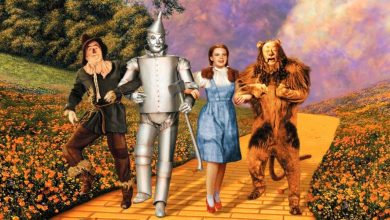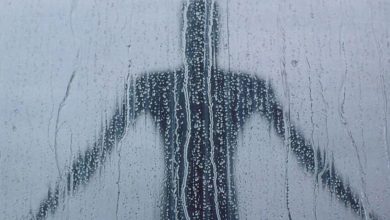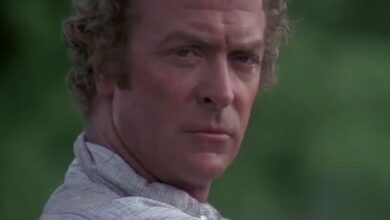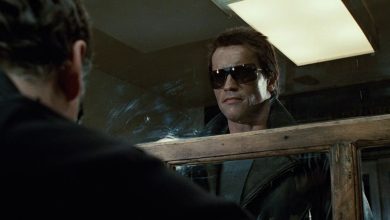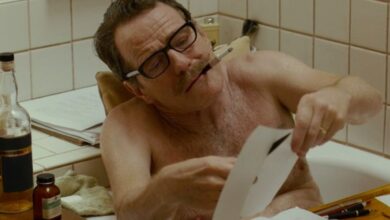Jurassic Park’s 15 Minutes of Dinosaurs: A Genius Strategy
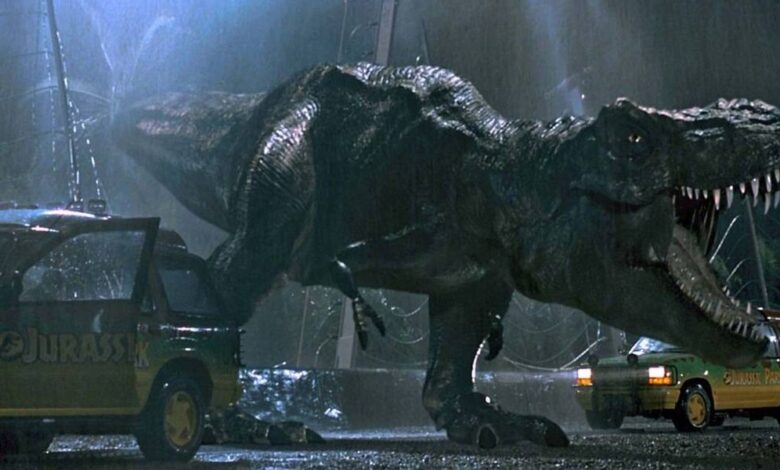
Did you know that ‘Jurassic Park’ features only 15 minutes of dinosaur footage? This surprising fact highlights a brilliant storytelling strategy employed by Steven Spielberg.
Did You Know ‘Jurassic Park’ Only Features 15 Minutes of Dinosaurs?
Let me ask you a question. In a horror movie, do you think that not showing the monster enhances storytelling? Many films in this genre are celebrated for their advanced special effects and inventive reimaginings of what a “big bad” looks like.
Then there are films that leverage the fear of the unseen in the most innovative ways. One classic example is Steven Spielberg’s Jurassic Park (1993). You might be surprised to learn that out of Jurassic Park’s total runtime of two hours and seven minutes, dinosaurs occupy only 10-11% of the screen time.
Surprisingly, a movie centered around dinosaurs barely shows them. CGI and animatronics were combined to create just 15 minutes of dinosaur sequences in Jurassic Park. If they were actors, the dinosaurs would definitely be upset about their limited screen time!
But have you ever wondered why Spielberg made this choice? In this article, we’ll explain why limiting the dinosaurs’ screentime was a brilliant move.
Story Overview
Jurassic Park is set in an isolated theme park on a secluded island, featuring genetically engineered, lab-bred dinosaurs. Just before the park opens to the public, the owner invites a group of experts to examine his creation and the park’s safety measures. The scientists discover that not only are the dinosaurs thriving, but the all-female creatures have evolved ways to procreate, undermining the scientists’ population control plans. Meanwhile, a disgruntled employee disables the security system to steal dinosaur embryos, leading to chaos as the dinosaurs escape and endanger everyone’s lives.
The story unfolds linearly, evolving into a suspenseful cat-and-mouse chase between dinosaurs and humans, culminating in the survivors fleeing the island, leaving the theme park and its inhabitants behind.
Decoding Spielberg’s Dino Scene Strategy: Less Rex, More Flex
Currently, there are seven films in the Jurassic Park franchise: three original films and four Jurassic World films. Despite the many entries, the first film remains the most beloved and terrifying.
The later films feature more frequent and extended dinosaur sequences. While they are stylized and thrilling, none evoke the same cold sweat and screams as the original.
Spielberg masterfully employed the “less is more” philosophy, tapping into mankind’s inherent fear of the unknown.
See More ...
Having directed Jaws prior, a film known for both its production challenges and box office success, Spielberg learned that minimizing the appearance of the shark heightened suspense. After its release, he remarked, “Had the shark been working, perhaps the film would have made half the money and been half as scary.”
In Jurassic Park, Spielberg applied this lesson. He understood that showing the terrifying antagonists sparingly would enhance suspense and save costs.
By minimizing dinosaur appearances, he ensured that suspense and thrill never waned. What you can’t see is often scarier than what you can. Throughout the film, Spielberg maintains a sense of looming threat: scientists discuss dinosaurs, we see destruction they’ve caused, and hear their distant roars. The structure builds tension: buildup, buildup, BAM! Dinosaur… Buildup, buildup… BAM! Dinosaurs! And so on!
Using dinosaurs only in key scenes maintained viewers’ curiosity and intrigue about these colossal beasts while heightening the sense of danger surrounding them.
Though Spielberg hardly shows the dinosaurs, it feels like they’re everywhere, watching the humans and waiting for the right moment to strike. Approach with caution!
Jurassic Park illustrates the power of intentional limited screentime in a cinematic landscape where screen time is considered creative currency.
Do you know other films that use a similar technique to Jurassic Park? Share your thoughts on this approach to horror storytelling.
